Nau mai, haere mai ki Te Puia. Please check-in 15 minutes prior to your scheduled tour departure time.
Artists
|
Joel Marsters
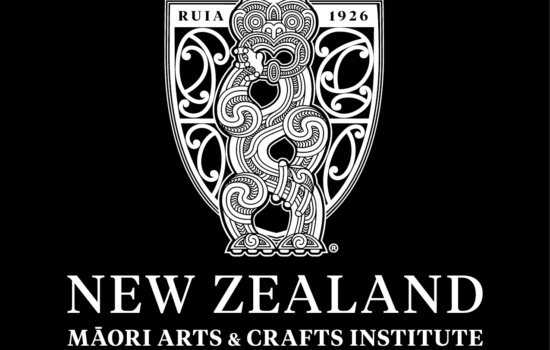
Joel Marsters
Mātanga Whakairo- Te Arawa
Wānanga
Description Ko Ngongotaha te maunga Ko Rotorua-Nui-A -Kahumatamoemoe te moana Ko Te Arawa te waka Ko Te Arawa te Iwi Whilst a student at Tē Tākapu o Rōtōwhio (Stone, bone & pounamu) school at Tē Pūia Joel has learnt the importance of looking at the old Taonga (treasures) of the Māori to inspire the works that he creates. Joel graduated from Tē Pūia in March 2013 and has been carving as a professional artist since.
Te Takapū o Rotowhio
Description Ko Ngongotaha te maunga Ko Rotorua-Nui-A -Kahumatamoemoe te moana Ko Te Arawa te waka Ko Te Arawa te Iwi Whilst a student at Tē Tākapu o Rōtōwhio (Stone, bone & pounamu) school at Tē Pūia Joel has learnt the importance of looking at the old Taonga (treasures) of the Māori to inspire the works that he creates. Joel graduated from Tē Pūia in March 2013 and has been carving as a professional artist since.
Ko Ngongotaha te maunga
Ko Rotorua-Nui-A -Kahumatamoemoe te moana
Ko Te Arawa te waka
Ko Te Arawa te Iwi
Whilst a student at Tē Tākapu o Rōtōwhio (Stone, bone & pounamu) school at Tē Pūia Joel has learnt the importance of looking at the old Taonga (treasures) of the Māori to inspire the works that he creates. Joel graduated from Tē Pūia in March 2013 and has been carving as a professional artist since.
Their creations
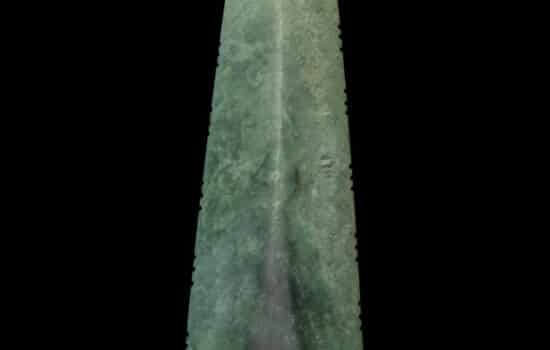
Sold
Toki
The toki pendent is based on the form of the carving chisel used in whakairo (Māori carving).
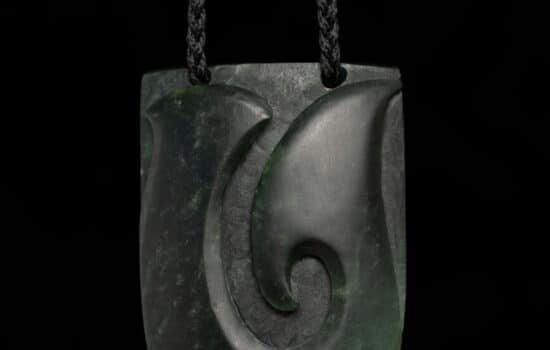
Hei Matau
Coastal and river-based Māori tribes traditionally used a variety of fishhooks and lures. Hooks and lures varied in shape, material and design. Today hei matau (fishhooks) have become symbolic of traditional Māori technology and continue to symbolize a relationship to Tangaroa, God of the sea.
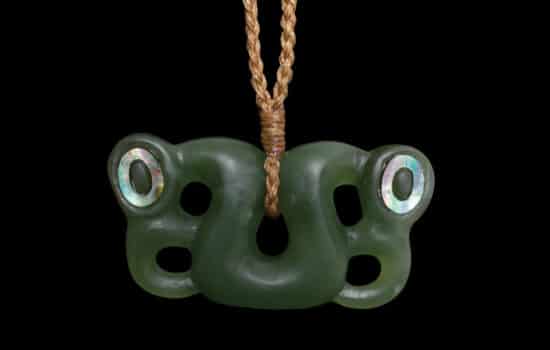
Sold
Pekapeka
The Pekapeka (native NZ bat) represents the interwoven nature of the spirit world and the world of the living – the seen and the unseen. The bat was interpreted by Māori as a creature who symbolically acted as an interface between the two worlds and whose physiology (which does not possess the gift of sight) […]
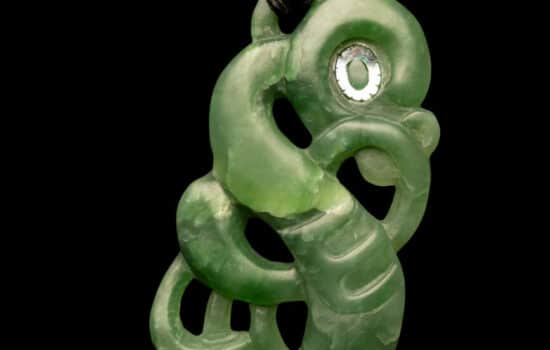
Sold
Manaia
Carved in varying shapes and sizes but stylising the human form. The manaia is predominently used as a design element to embelish larger carvings. There are many different interpretations about this form in Māori tradition, some believe the manaia is a half profile representation while others believe it is a representation of a seahorse – […]
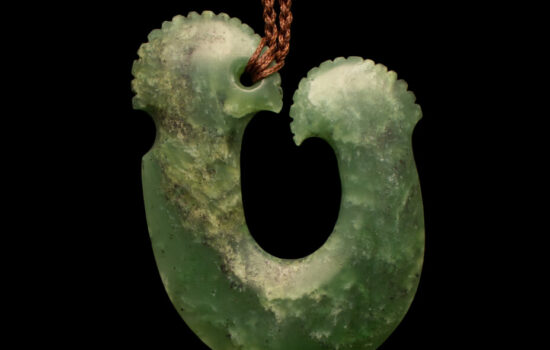
Sold
Hei Matau
Coastal and river-based Māori tribes traditionally used a variety of fishhooks and lures. Hooks and lures varied in shape, material and design. Today hei matau (fishhooks) have become symbolic of traditional Māori technology and continue to symbolize a relationship to Tangaroa, God of the sea.
Sold
Hei Tiki
Hei tiki are the best known of all Māori adornments. Tiki are symbols of fertility that depict a new-born child. They are often family heirlooms bearing personal names and embodying their wearers lineage. As with most Māori personal adornments, hei tiki are often passed down generationally.
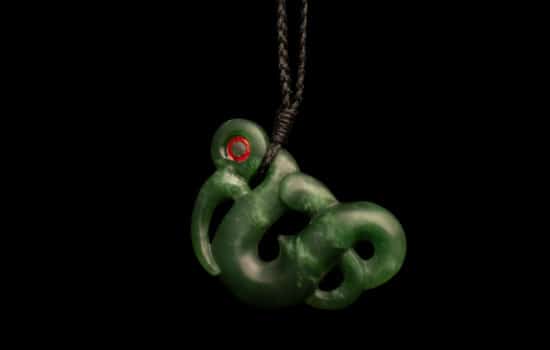
Sold
Manaia
Carved in varying shapes and sizes but stylising the human form. The manaia is predominately used as a design element to embellish larger carvings. There are many different interpretations about this form in Māori tradition, some believe the manaia is a half profile representation while others believe it is a representation of a seahorse – […]
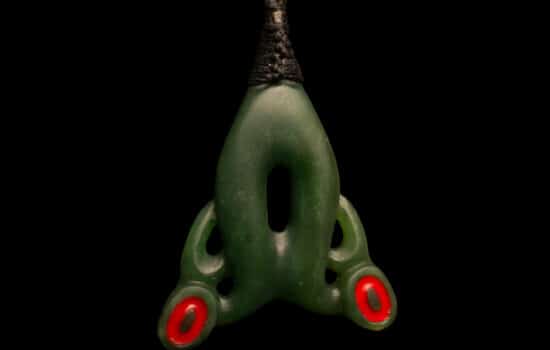
Sold
Pekapeka
The Pekapeka (native NZ bat) represents the interwoven nature of the spirit world and the world of the living – the seen and the unseen. The bat was interpreted by Māori as a creature who symbolically acted as an interface between the two worlds and whose physiology (which does not possess the gift of sight) […]
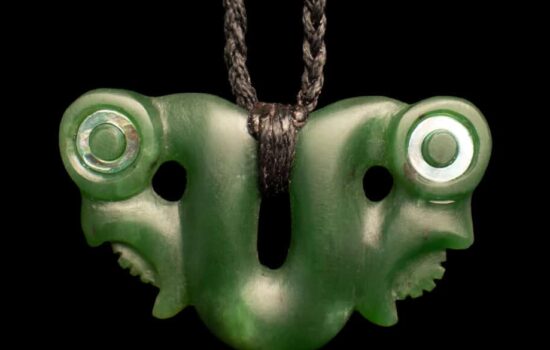
Sold
Pekapeka
The Pekapeka (native NZ bat) represents the interwoven nature of the spirit world and the world of the living – the seen and the unseen. The bat was interpreted by Māori as a creature who symbolically acted as an interface between the two worlds and whose physiology (which does not possess the gift of sight) […]